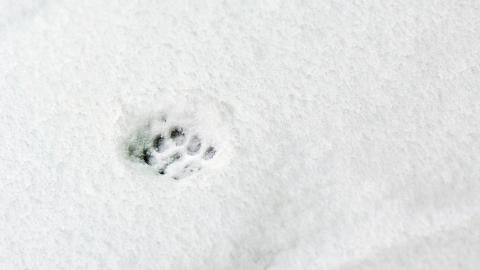Nature: as we know, is wild, cruel and unforgiving. Here at Maxisciences, we often reveal videos of fights between animals from different species, always more terrifying than the last. For once, this isn’t one of those stories.
Discover our latest podcast
This story took place in Tipota, in the Rangiroa atoll in French Polynesia. This tourist site is mainly known as a top spot for scuba diving and is where marine biologists from GEMM have been observing, between 2014 and 2018, this surprising trio: a female bottlenose dolphin (Tursiops truncates) nursing both its first born young and a young melon-headed whale calf (peponocephala electra).
Dolphin kidnappings
As Pamela Carzon, leader of the mission, explained, this was ‘such a rare phenomenon.’ The bottlenose dolphin is a species that only has one calf at a time. Their pregnancy lasts 12 months and the mother will sometimes take care of its young for up to 6 years.
‘Most likely, it was just a perfect moment for this calf to come along, when [the mother] was at a very receptive period to forming those bonds with her own offspring,’ continued the scientist.
‘A female who, in addition to her own calf, takes care of a heterospecific [from a different species] baby, is something very surprising,’ she explains. Even more surprising still, is that this is not a case of kidnapping. However, this practice is actually very common among dolphins, since some females who are unable to ‘raise their own’ do sometimes take other species’ young.
But this female bottlenose dolphin already had a calf, so scientists are unable to explain this surprising trio.
‘It is very difficult to explain such behaviour, especially since we have no information on how the melon-headed whale new-born was separated from his natural mother.’ Little by little, the whale calf hs started to adopt behaviour similar to that of its adoptive species.
‘He socialises with young bottlenose males and females and seems to communicate with other members of the community,’ says Pamela Carzon.
When nature takes over
Whatever the story and path that led him here may have been, the young melon-headed whale calf seemed to have found his place among this adoptive family whom he had been swimming with for two and a half years… before being driven out by the rest of the group.
‘Since then, the situation has changed and we can no longer admire the behaviour’ of this surprising trio, as members of GEMM indicated on their website. The little female was weaned, as well as the melon-headed whale calf who ‘seems to have been expelled from his adoptive group in quite a brutal way.’ Allow this to serve as a reminder that, whether it’s beautiful or cruel, nature is always unpredictable.















